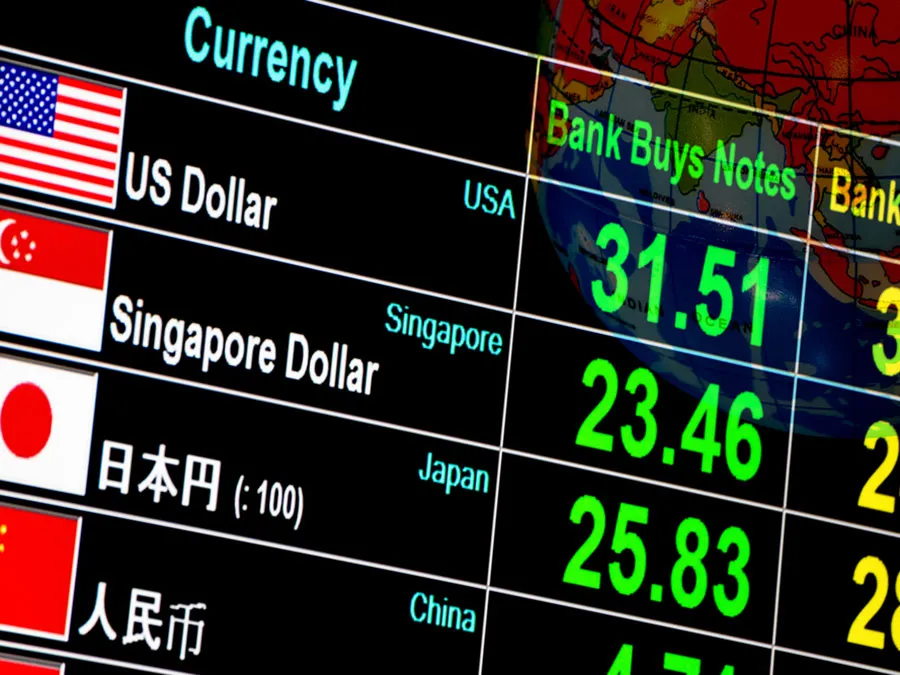The euro was paid at closing at 7.41 bolivianos on average, which implied a change of 1.38% compared to the 7.31 bolivianos on average of the previous day.
In the last seven days, the euro marks a rise of 1.89%, so that in year-on-year terms it still accumulates an increase of 0.39%.
Comparing this data with that of the past days, it turned the tables with respect to the previous day, where a drop of 0.53% was recorded, being unable to establish a defined trend in recent dates. The volatility of the last seven days is visibly lower than the numbers achieved for the last year (14.44%), therefore we can say that it is going through a period of greater stability in recent days. The challenges of the Bolivian
The Bolivian has been the legal currency of Bolivia since 1987 and is divided into 100 cents. In the past, the Bolivian peso was used but it was replaced. The Central Bank of Bolivia is the body in charge of regulating the issuance of currency.
Today the coins are in circulation. In 1988, one boliviano was equivalent to one US dollar.
As for the creation, the Bolivian currency stopped its minting and printing during the colonial era due to a lack of political interest, which would eventually cause the coins and bills to be made abroad due to the low price that this implies. In 2013 they were still manufactured in countries such as the United Kingdom, France and Chile.
Regarding the economy, in 2014 Bolivia resorted to high public spending and growing domestic credit to maintain its growth, but these measures resulted in an increase in public debt and a reduction in international reserves.
As throughout the world, the coronavirus pandemic severely affected Bolivia’s economy, although inflation was not as high as in other Latin American nations.
In 2022 Bolivia stood out for having a lower inflation rate than its neighboring countries, due to a response to subsidies on fuel prices and the fixed exchange rate of the dollar with respect to the local currency; however, it has had to face a loss of international reserves and increased indebtedness.
The country is also facing global efforts to move to clean energy, so these conditions will push one of the biggest gas-exporting countries to look for alternatives this year.
According to the latest forecasts made by the Economic Commission for Latin America and the Caribbean (Cepal), after progress was made in 2022 after the crisis caused by the coronavirus pandemic, by 2023 a setback or exhaustion of the rebound effect on recovery.
For this year, only 1.3% growth is expected for the region, as a result of restrictive monetary policies, greater limitations on fiscal spending, lower levels of consumption and investment, little capacity to contain inflation, and more.
According to ECLAC Forecasts, Mexico Would Have a Growth of 1.1% by 2023
These will be the estimated growths for these South American nations in 2023: Argentina (1%), Bolivia (3%), Brazil (1%); Chile (-0.9); Colombia (1.9%); Ecuador (2%); Paraguay (4%); Peru (2.2%); Uruguay (3%); Venezuela (5%).
For the area of Central America there are: Costa Rica (2.8%), Cuba (1.8%); El Salvador (1.9%); Guatemala (3.3%); Haiti (0%); Honduras (3.3%); Nicaragua (2.1%); Panama (4.2%); and the Dominican Republic (4.7%).
With regard to the Caribbean region, the following growth is expected: Antigua and Barbuda (7.8%); Bahamas (4.1%); Barbados (3.5%); Belize (2.0); Dominican (3.5%); Grenada (3.6%); Jamaican (3%); Saint Vincent and the Grenadines (3.7%); Saint Lucia (5.9%); Suriname (2.4%); Trinidad and Tobago (2%).
This article is originally published on infobae.com


